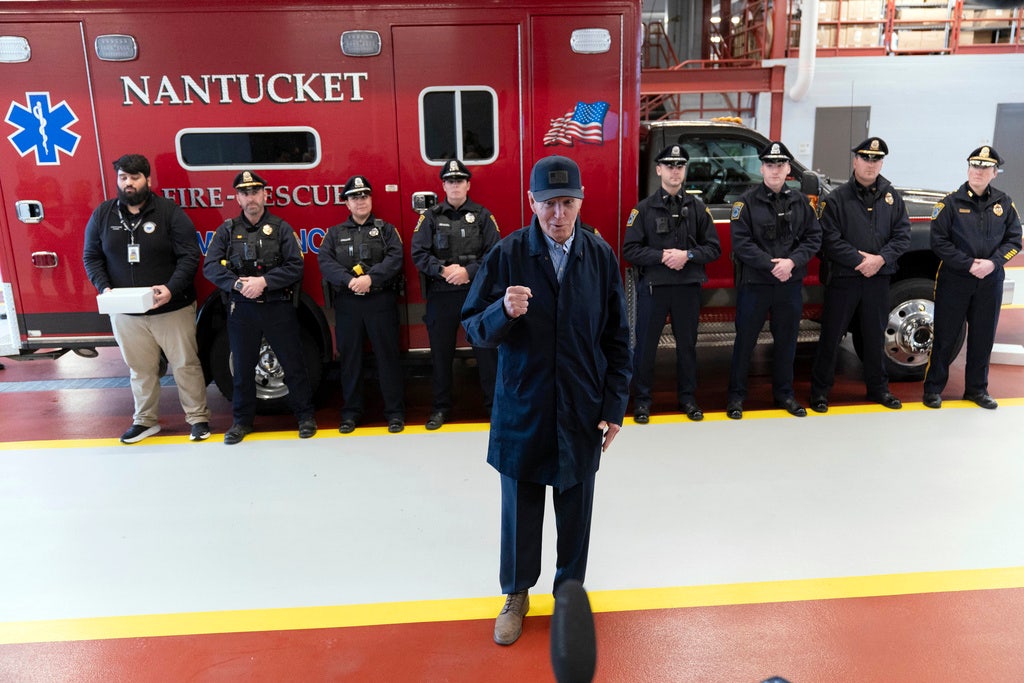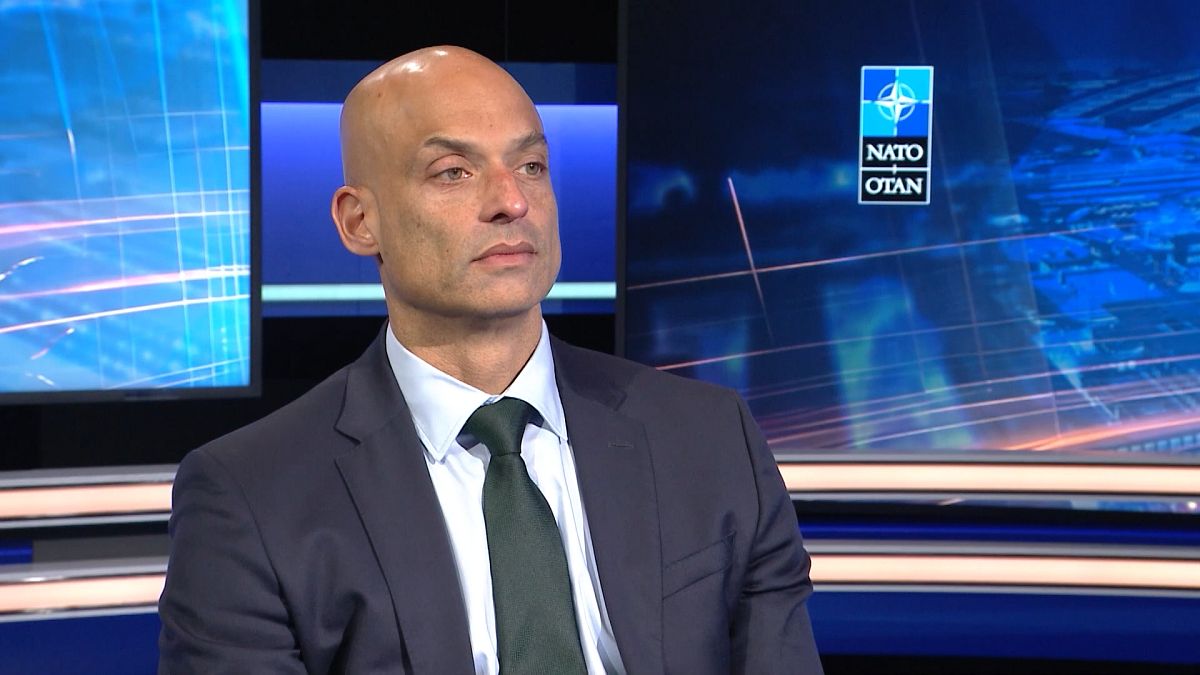Mississippi
An underwater dam in the Mississippi River? Here’s why it’s needed to protect drinking water

The Army Corps of Engineers announced Wednesday that it will build an underwater dam in the Mississippi River to stop saltwater from advancing further upstream. The advancing saltwater is due to the river being unusually low because of a lack of rainfall further north. Here’s an explanation.
Why is the river so low?
The Mississippi drains 41% of the contiguous United States, equivalent to around 1.2 million square miles. That amounts to all or parts of 32 states plus two Canadian provinces, according to the National Park Service. A lack of rainfall further north leads to lower river levels, as has been the case this year.
Low water in the Mississippi River in New Orleans exposes the levee as the Creole Queen passes Algiers Point on Thursday, June 29, 2023. (Photo by Chris Granger | The Times-Picayune | NOLA.com)
Why does that matter for Louisiana?
The river bottom in south Louisiana was recently deepened to a minimum of 50 feet below sea level to allow for larger ships, and in New Orleans it is as deep as 200 feet, so there’s no risk of it running dry here. But there are other concerns, mainly related to drinking water supplies and shipping disruptions locally and further north.
When the river is too low, the flow of lighter freshwater is not forceful enough to keep heavier saltwater from the Gulf of Mexico from advancing upstream. Parishes that receive drinking water supplies from the river – including Orleans, Plaquemines and St. Bernard – are not equipped to deal with saltwater, which can cause problems for those on dialysis or low-sodium diets. Orleans officials in the past have said there’s little chance of salinity uptake for the city’s water supply because the river is so deep in those areas and the saltwater will likely not get that high.
Further, Louisiana’s ports are dependent on river traffic, which was severely disrupted last year when the Mississippi fell to record lows, in part caused by shoaling resulting from the low water flow. That has not happened so far this year, and a National Weather Service forecast on Wednesday said two to four inches of rainfall had fallen over the middle Mississippi and lower Ohio Valleys over the past week, adding that “the runoff has provided some temporary relief to the low water conditions.”
What is the Corps doing to address drinking water concerns?
The Corps has a plan that is automatically triggered when the leading edge of the so-called saltwater wedge is forecast to reach river mile 65, around Myrtle Grove, within 10 days, or when it is forecast to reach river mile 80, around Belle Chasse, within 28 days. Both of those triggers were reached this year.
That means the Corps is moving ahead with a plan to build a sill – essentially an underwater dam that is 1,500 feet wide and 45 feet high – on the bottom of the river to block the saltwater. Because the saltwater is heavier and moves beneath the freshwater, the sill blocks it while allowing freshwater to flow past. The sill will be eroded naturally when heavier river flows return later in the year.

What is used to build the sill?
The Corps dredges sediment from the river itself to build the sill. It is expected to take about two weeks to build.
Is it expensive?
The Corps hires a contractor for the project. Last year, the dredging cost was estimated at $10 million.
Is this unusual?
This will be the fifth time a sill is built, in addition to 2022, 1988, 1999 and 2012. The Corps says conservative estimates indicate that a sill would need to be constructed about once every five years on average.

Mississippi
Earthquake strikes Jackson, MS area on Thanksgiving Day. See the details

VIDEO: Students practice earthquake drill for Great Oregon ShakeOut
Spencer Butte Middle School students participate in the Great Oregon ShakeOut, learning about earthquakes and what to do if one occurs.
A 2.5 magnitude earthquake struck near the Ross Barnett Reservoir on Thanksgiving Day, the United States Geological Survey confirmed.
The minor-earthquake struck around 12 kilometers southeast of Canton at a depth of 5 kilometers. It happened around 7:48 a.m. No damage was reported.
The quake was recorded on the north side of the of the reservoir near where Highway 43 crosses the lake and south of the Natchez Trace Parkway.
Earthquakes have occurred in the region before.
“Until 2014, when the dramatic increase in earthquake rates gave Oklahoma the number one ranking in the conterminous U.S., the most seismically active area east of the Rocky Mountains was in the Mississippi Valley area known as the New Madrid seismic zone,” according to the USGS website.
In the winter of 1811 and 1812, according to the USGS, the New Madrid seismic zone “generated a sequence of earthquakes that lasted for several months and included three very large earthquakes estimated to be between magnitude 7 and 8. The three largest 1811-1812 earthquakes destroyed several settlements along the Mississippi River, caused minor structural damage as far away as Cincinnati, Ohio, and St. Louis, Missouri, and were felt as far away as Hartford, Connecticut, Charleston, South Carolina, and New Orleans, Louisiana.”
A 2.6 magnitude earthquake also struck in Oklahoma on Thanksgiving Day.
Mississippi
Minor earthquake recorded in Mississippi on Thanksgiving

MADISON COUNTY, Miss. (WJTV) – A minor earthquake was recorded in Mississippi early Thanksgiving morning.
According to the United States Geological Survey (USGS), the 2.5-magnitude earthquake occurred southeast of Canton near the Ross Barnett Reservoir around 1:48 a.m. on Thursday, November 28.
Officials with the Michigan Technological University said earthquakes below 2.5-magnitude are “generally not felt.” So far, there are no reports of any damage in Madison County.
The last earthquake that occurred in Madison County was a 2.8-magnitude earthquake in 2019.
Mississippi
Thanksgiving on Mississippi Public Broadcasting Think Radio, set to air on Thursday, November 28th

MISSISSIPPI (KTVE/KARD) — For Thanksgiving, on Thursday, November 28, 2024, the Mississippi Public Broadcasting Radio will air a special programming.
Photo courtesy of Mississippi Public Broadcasting
According to officials, “Turkey Confidential” and “Feasting with the Great American Songbook: An Afterglow Thanksgiving Special” will run from 9 a.m. to 1 p.m. Francis Lam will be taking calls and help those in need of Thanksgiving cooking tips for the biggest cooking day of the year.
According to officals, “Feasting with the Great American Songbook: An Afterglow Thanksgiving Special” will explore classic jazz and popular songs about food by singers like Louis Armstrong, Louis Jordan, and Fats Waller, perfect for listening while sitting at the table.
-

 Science1 week ago
Science1 week agoTrump nominates Dr. Oz to head Medicare and Medicaid and help take on 'illness industrial complex'
-

 Health6 days ago
Health6 days agoHoliday gatherings can lead to stress eating: Try these 5 tips to control it
-

 Health3 days ago
Health3 days agoCheekyMD Offers Needle-Free GLP-1s | Woman's World
-

 Science2 days ago
Science2 days agoDespite warnings from bird flu experts, it's business as usual in California dairy country
-

 Technology2 days ago
Technology2 days agoLost access? Here’s how to reclaim your Facebook account
-

 Science1 week ago
Science1 week agoAlameda County child believed to be latest case of bird flu; source unknown
-

 Sports1 week ago
Sports1 week agoBehind Comcast's big TV deal: a bleak picture for once mighty cable industry
-

 Entertainment21 hours ago
Entertainment21 hours agoReview: A tense household becomes a metaphor for Iran's divisions in 'The Seed of the Sacred Fig'



















